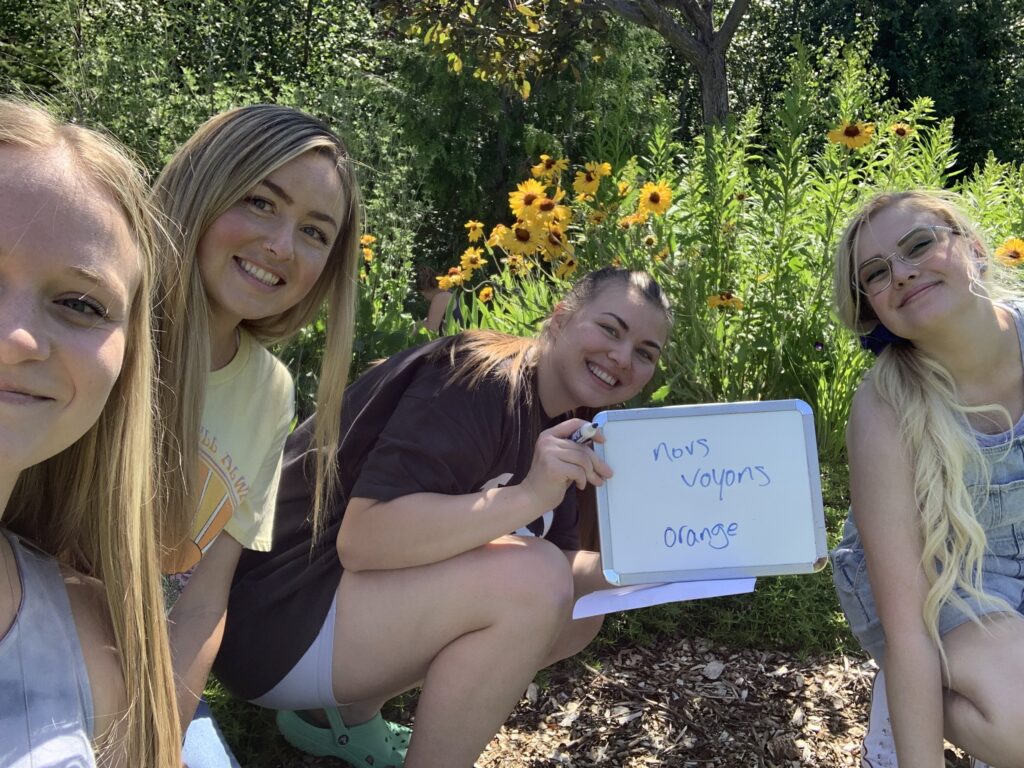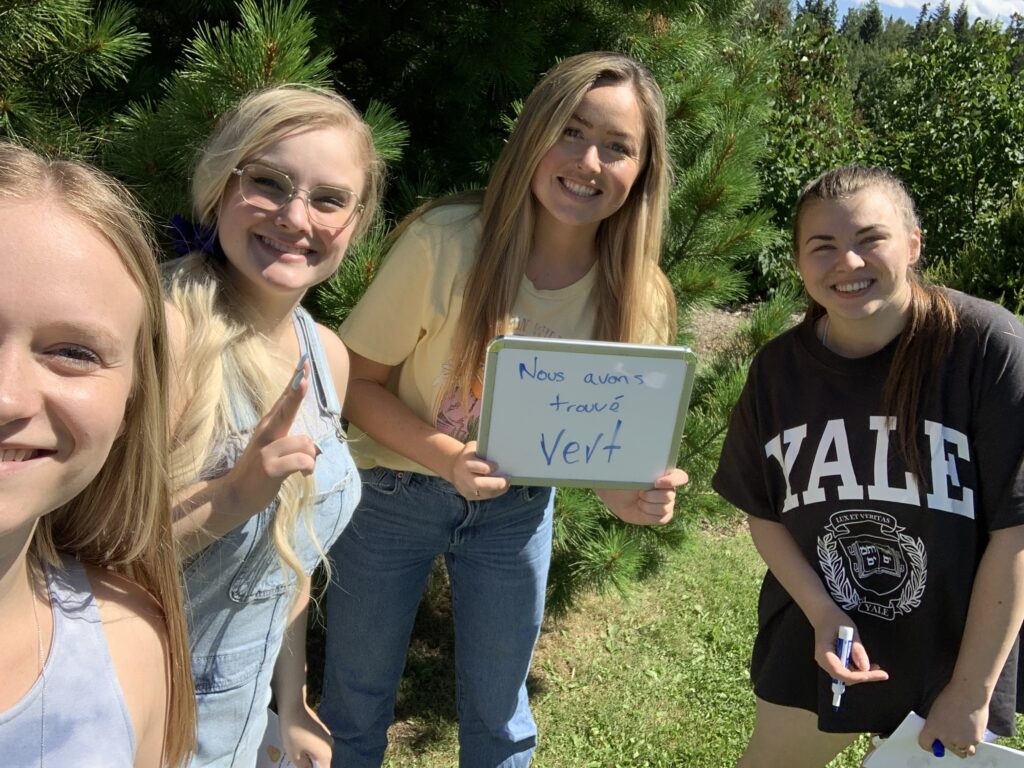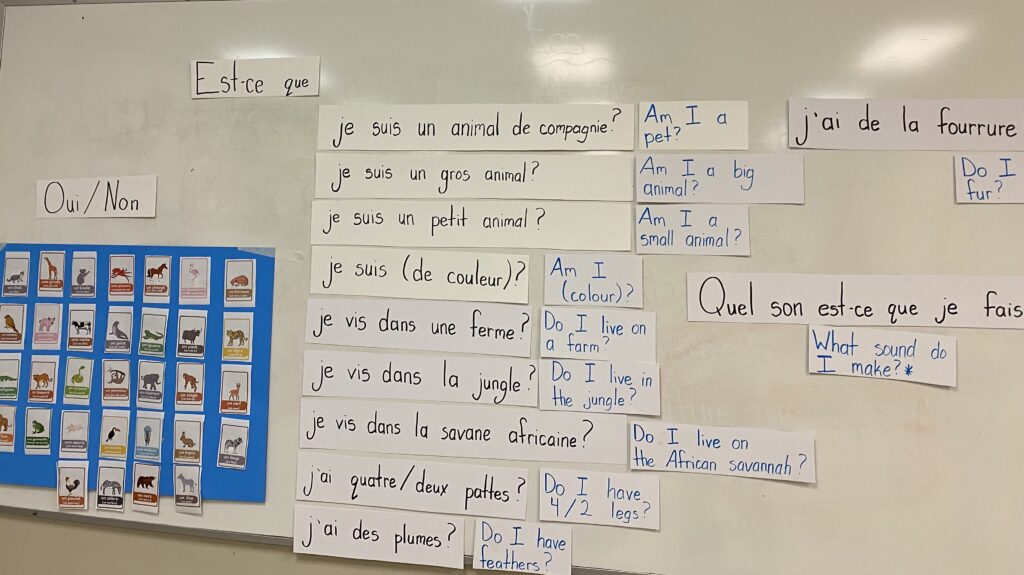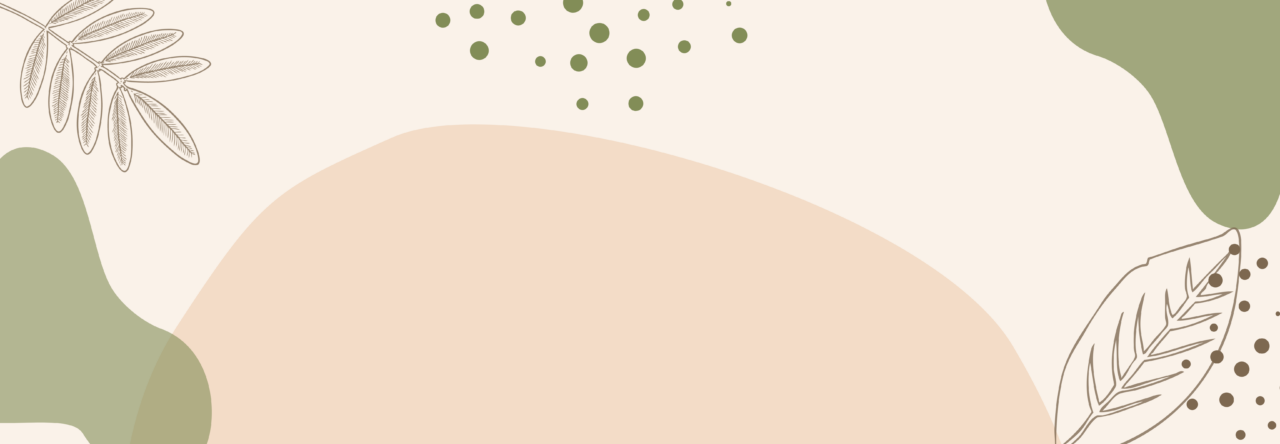
Life-long Learning
Upon reflecting on Standard 6, I discovered this quote which resonated with me. “Teaching builds the foundation and is the starting point for all professionals” (Goodwin, 2011). Further in my research, the readings suggested that educators also shape society’s future citizens and leaders, helping societies to thrive and individuals to reach their potential. Throughout my practicums and university classes, I have observed and experienced how educators are responsible for designing enriching learning environments, creating a classroom climate favourable for learning and personal growth, and facilitating the individual learning of students as well as the learning in groups. “To fulfil their roles as career enablers and equity agents, teachers need to be learning professionals, who base their everyday practice on an updated, coherent and integrated knowledge base” (Guerriero, 2017). This quote resonated with me, as it describes how life-long learning is an integral part of an educators role. Personally, I value the importance of life-long learning as a part of my teaching journey. I believe it’s an essential piece of continuing to build upon a broad knowledge base of the areas in which I teach. Life-long learning is a continuous journey necessary to meet the ebbs and flows of changing societies to provide relevant and integrated knowledge. In this section I have included some of the learning opportunities I am grateful to have taken part of to broaden my knowledge base.
Goodwin, A. (2011), “Teaching as a profession…Are we there yet?”, in The Routledge International Handbook of Teacher and School Development, Routledge, Milton Park, Abingdon, Oxfordshire, http://dx.doi.org/10.4324/9780203815564.ch3.
Guerriero, S. (2017), Pedagogical Knowledge and the Changing Nature of the Teaching Profession, OECD Publishing, Paris, http://dx.doi.org/10.1787/9789264270695-de.
Place Based Learning
In Block 3, our cohort had the opportunity of exploring Place Based Learning and create our own Place Response Activities. This opportunity created memorable and experiential learning that can be applied in my own teaching practice. Here are some of the examples of the activities I participated in and created 🙂
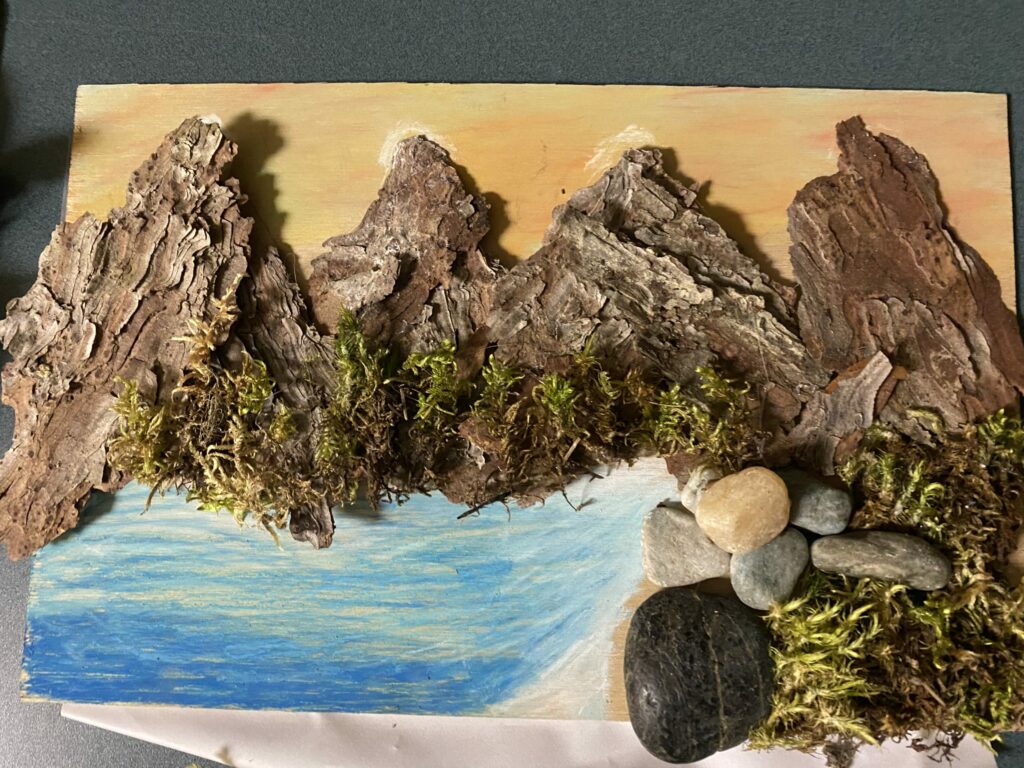
In this lesson our group created, students would learn about local plant species in connection with the local First Nations Language. Students would collect and place the plants in water overnight to extract the natural dye from plant pigment. The second piece of the lesson includes students collect natural materials to use as their paintbrush. Students then create a painting of that expresses their personal sense of place using the natural plant dyes and natural paint brushes. All materials were composted back to nature after this project!
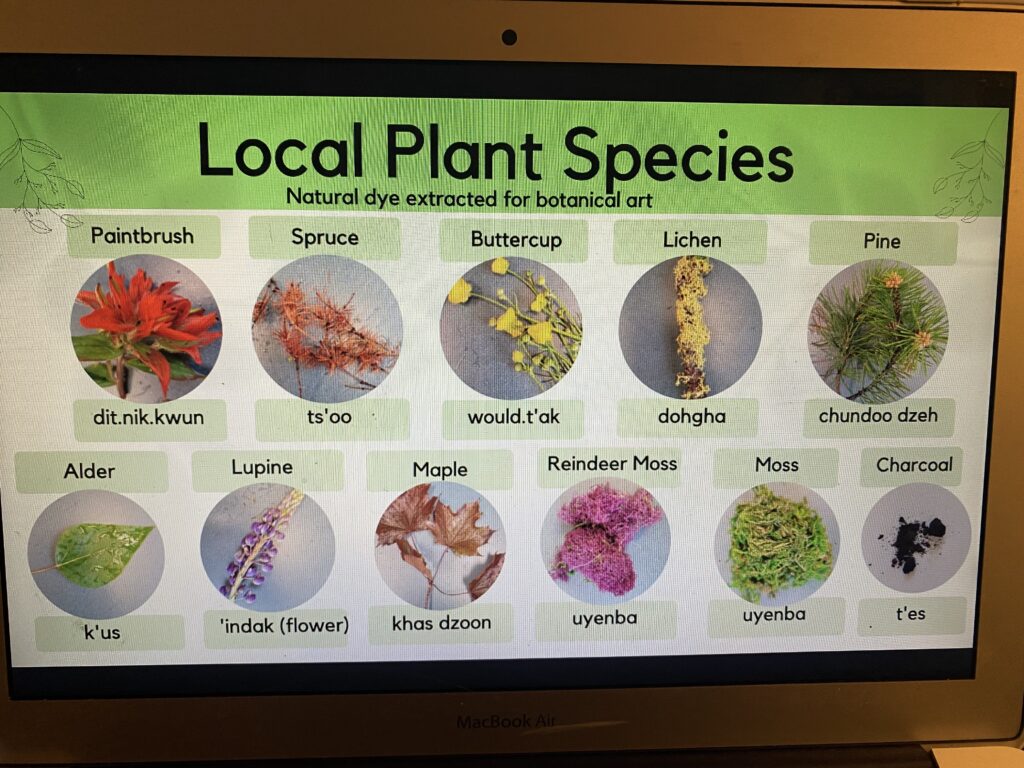
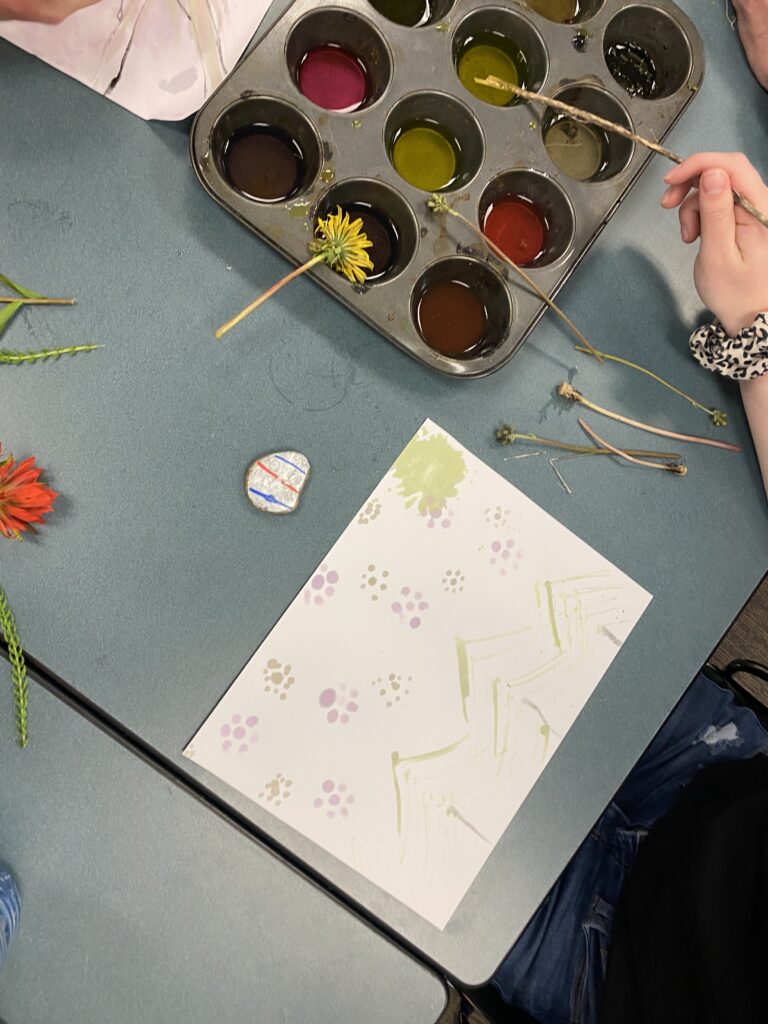
Connection to Place
Our cohort experienced place-based learning at Barkerville in connection with immersing ourselves in the environment and history of the location. During this experience, we engaged in several place responsive activities that will be valuable learning opportunities to apply to a diverse area of curricular content, core competencies, and grade levels in the future. Here are some examples of the place responsive activities we participated in:
- Art Start: students find a sit spot outdoors and engage in a drawing activity where they chose a particular perspective or challenge to add layers to their learning.
- Sound Walk: students walk around the designated area and observe the different sounds that connect with the sense of place.
- Picture Story: students take a series of photos that tell a story of the sense of place, or it can be one summative photo.
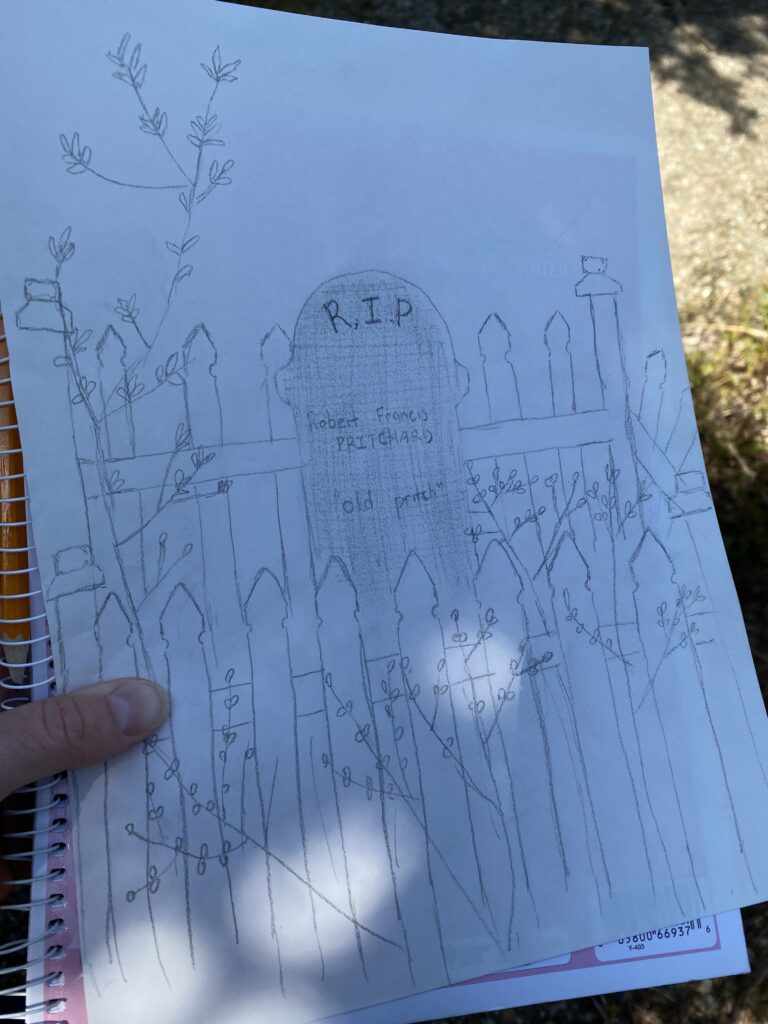

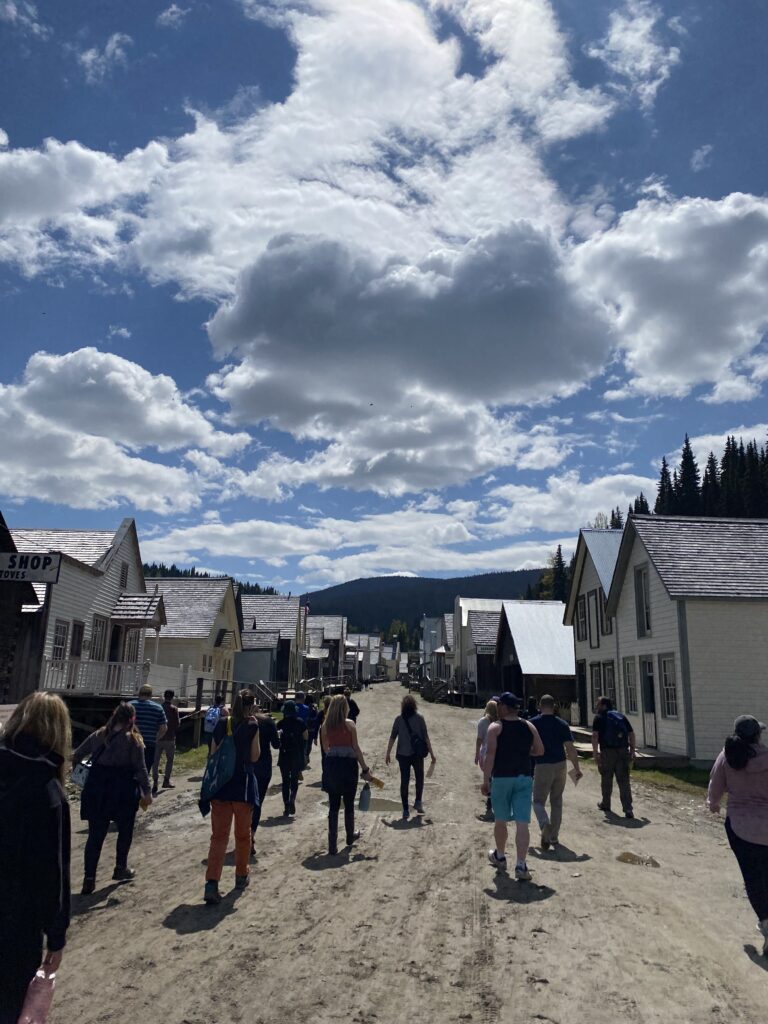
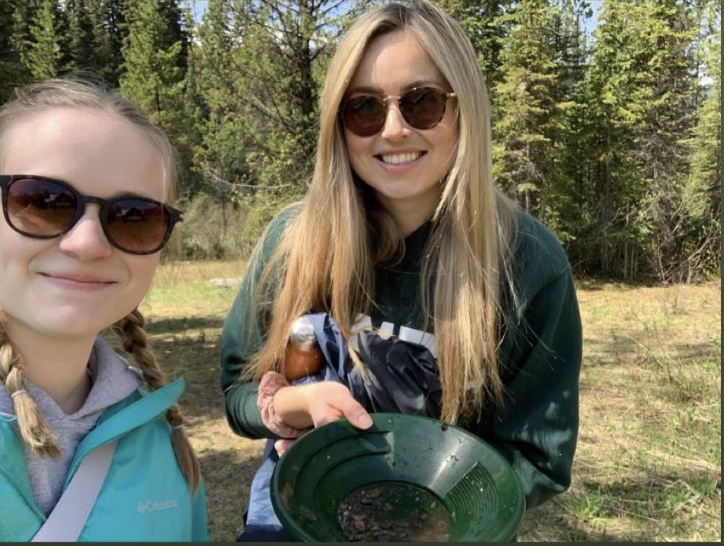
Second Language Learning
During Block 4, we had the opportunity to learn about second language learning and were immersed in several activities that can be applied to future teaching practices of second languages. My biggest take away from our second language learning is that providing authentic-action oriented tasks create memorable and relevant learning opportunities for students. We participated in and created a variety of games and activities that helped to provide a broad knowledge base in the areas that I will be teaching in. I discovered that providing fun and experiential activities led to higher student engagement levels. Here a few examples of the activities I created and/or participated in during our Second Language course.
